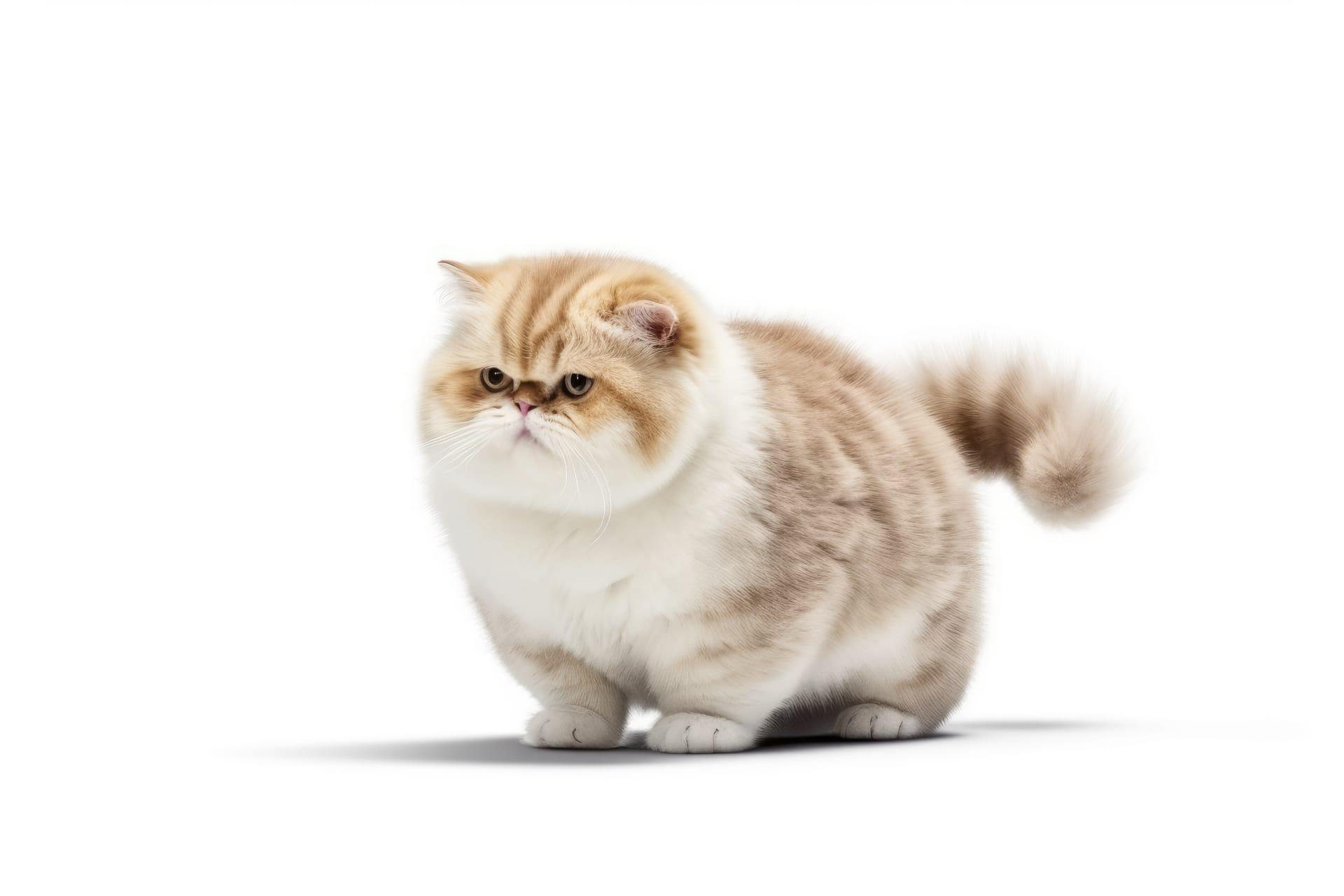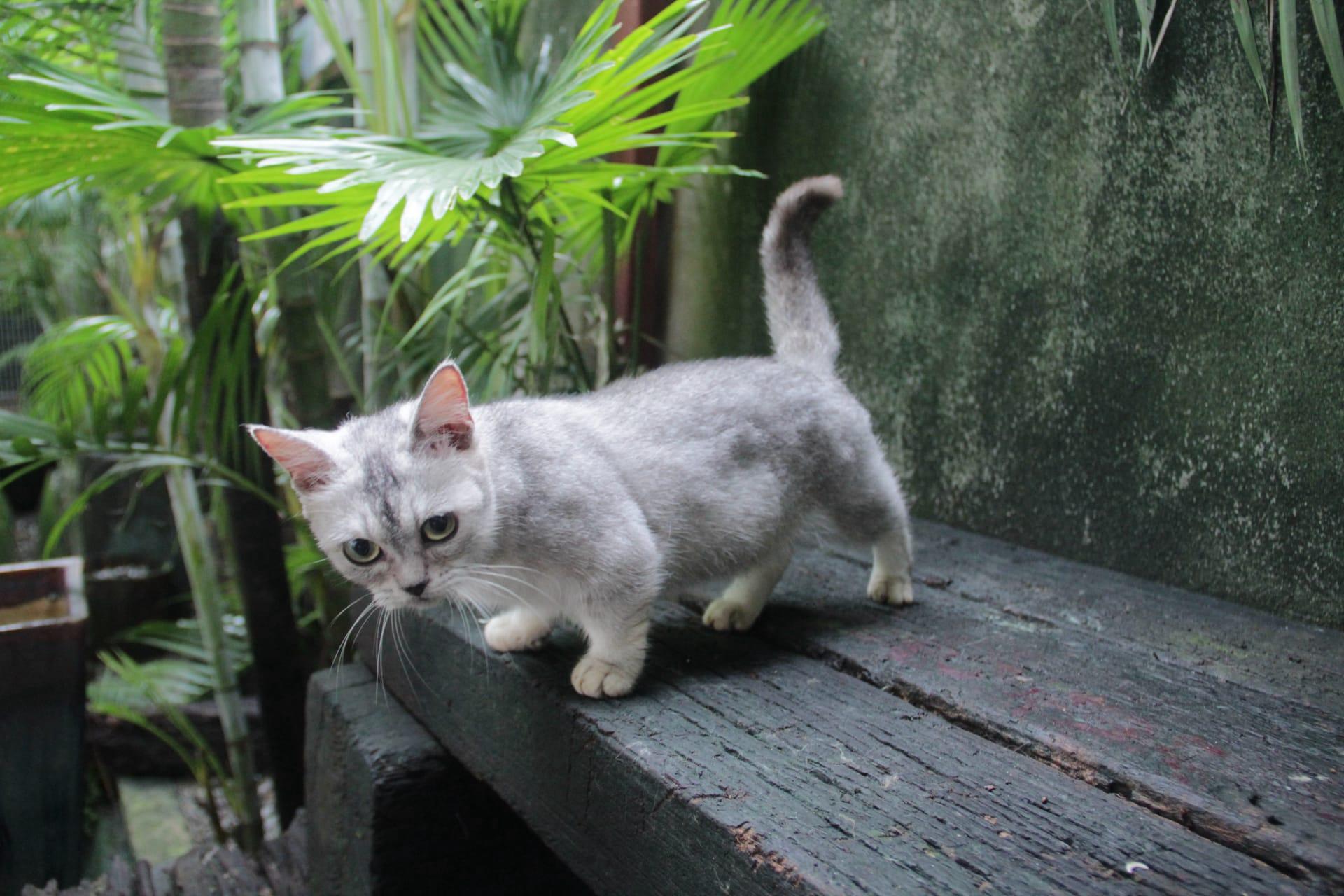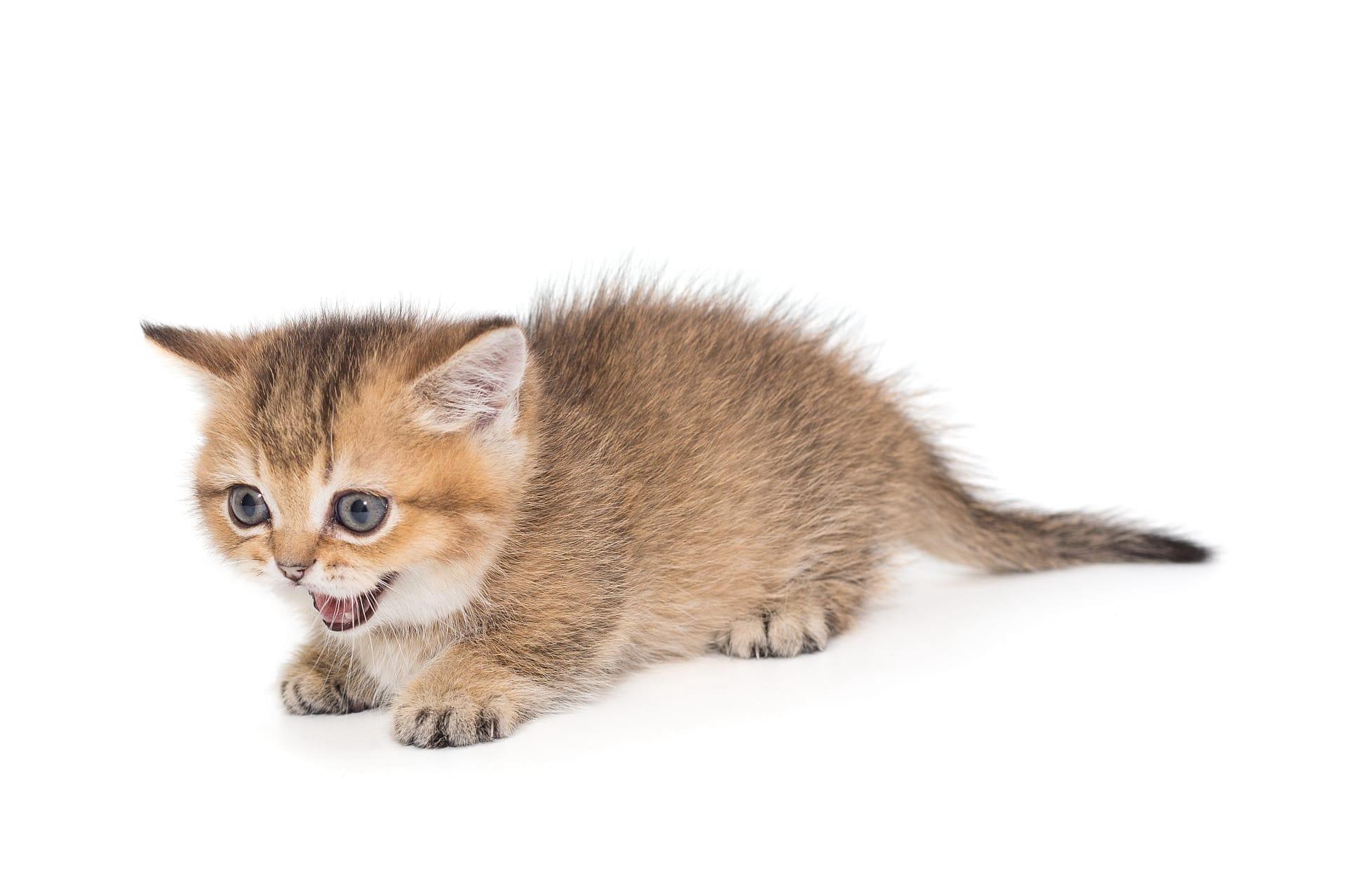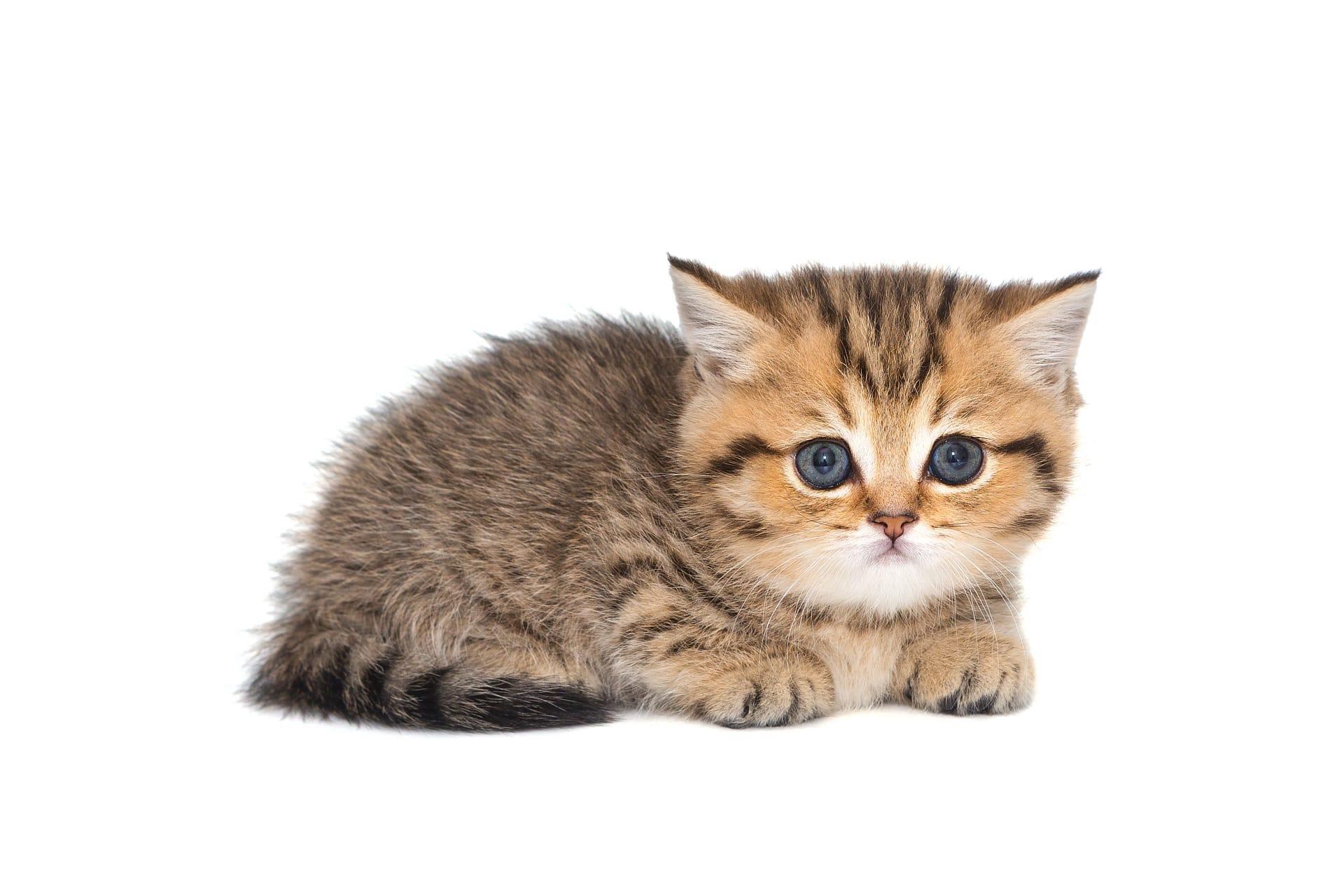Munchkin Cat Trivia
- Home /
- Trivia Question /
- Animal /
- Munchkin Cat Trivia
1
Question: What are the unique physical characteristics of Munchkin Cats that distinguish them from other breeds?
Answer: Munchkin Cats are notably recognized for their short legs, which are the result of a genetic mutation. Despite their small stature, they have a normal body length and a well-proportioned frame. Adult Munchkins typically weigh between 5 to 9 pounds (2.3 to 4.1 kilograms), with their legs being approximately 3 inches (7.6 cm) shorter than those of average domestic cats. This unique trait does not hinder their mobility or agility, as they are known for their speed and ability to pounce on toys.
Question: How did the Munchkin Cat breed come to be recognized and developed?
Answer: The Munchkin breed's development began in the early 1990s, following the discovery of a cat named Blackberry, who was found by Louisiana schoolteacher Sandra Hochenedel. Blackberry was a stray pregnant with short-legged kittens, one of whom, named Toulouse, became the father to many Munchkin kittens. The breed was named after the "Munchkins" from L. Frank Baum's novel, "The Wonderful Wizard of Oz," due to their short stature. It was officially recognized by The International Cat Association (TICA) in 1994, sparking both interest and controversy over the breed's health and mobility.

2
Question: Is it true that Munchkin Cats suffer from more health issues than other cats because of their short legs?
Answer: This is a common misconception. Munchkin Cats, like all breeds, are susceptible to specific health conditions, but their short legs do not inherently cause additional health problems. They are prone to conditions common in felines, such as heart issues or obesity if not properly cared for. However, they do not suffer from spinal problems as frequently presumed, given their body structure is well-adapted to their short legs. Regular veterinary care and a healthy lifestyle can ensure a Munchkin cat lives a full, active life.
Question: Can Munchkin Cats jump and climb like other cats?
Answer: Despite their short stature, Munchkin Cats are quite capable of jumping and climbing. They may not reach the same heights as their longer-legged counterparts, but they are known to be resourceful and can use intermediate steps to achieve their goal. Their powerful hind legs allow them to leap onto furniture and climb, albeit with some limitations. Owners are encouraged to provide step-assistive devices to ensure their Munchkin Cats can explore their environment fully.

3
Question: What varieties of coat types and colors do Munchkin Cats come in?
Answer: Munchkin Cats boast a wide range of coat types and colors, showcasing the diversity within the breed. They can have either short or long hair, with the coat being plush, silky, or even semi-long in the latter. Regarding color and pattern, Munchkin Cats can exhibit virtually any color and pattern, including but not limited to solid, tabby, calico, and pointed patterns. This diversity makes every Munchkin unique, with a coat that can cater to a wide array of personal preferences among cat enthusiasts.
Question: How does the personality of a Munchkin Cat compare to other cat breeds?
Answer: Munchkin Cats are often described as playful, outgoing, and people-oriented. They possess a kitten-like demeanor that persists into adulthood, making them perpetual favorites among families. Their sociable nature means they get along well with children, other cats, and even dogs, making them excellent companions. Munchkins are known for their curiosity and playfulness, often engaging in games and interactive play with toys or humans. Despite their active nature, they also enjoy cuddling and can be quite affectionate with their human companions.

4
Question: How long do Munchkin Cats typically live, and what factors contribute to their lifespan?
Answer: Munchkin Cats have a lifespan comparable to other domestic cat breeds, typically living between 12 to 15 years. Factors contributing to their longevity include genetics, diet, exercise, and regular veterinary care. A balanced diet, proper weight management, and an environment that encourages physical activity can help mitigate health issues and contribute to a longer, healthier life. Preventative care, including vaccinations and regular check-ups, plays a crucial role in identifying and managing potential health issues early.
Question: Are Munchkin Cats recognized by all major cat registries?
Answer: As of now, not all major cat registries recognize the Munchkin breed. The International Cat Association (TICA) granted recognition in 1994, acknowledging their unique characteristics and establishing breed standards. However, some organizations, such as the Cat Fanciers' Association (CFA) and the Fédération Internationale Féline (FIFe), do not recognize the Munchkin due to concerns about promoting a breed with a genetic mutation that affects leg length. This has led to ongoing debates within the cat breeding and showing community about the ethics and health implications of breeding Munchkins.

5
Question: What is the best way to care for a Munchkin Cat's coat, considering their different hair lengths?
Answer: The care for a Munchkin Cat's coat varies with hair length. Short-haired Munchkins require minimal grooming; a weekly brushing is sufficient to remove loose hair and maintain coat health. Long-haired Munchkins, on the other hand, need more frequent grooming to prevent matting and tangles, ideally several times a week. Regardless of hair length, regular grooming sessions are an excellent way to bond with your Munchkin while ensuring their coat remains clean and healthy. Additionally, periodic nail trimming and ear cleaning are recommended to maintain overall well-being.
Question: How should a potential owner prepare for adopting a Munchkin Cat?
Answer: Prospective Munchkin Cat owners should prepare by researching the breed's specific needs and personality traits. Ensuring a safe, accessible environment is crucial, particularly given their short stature. This may include installing ramps or steps to help them reach higher places comfortably. It's also important to consider their energetic and playful nature by providing various toys and engagement activities. Consulting with breeders or rescue groups about the health history and temperament of the cat can also provide valuable insights. Lastly, setting up a relationship with a veterinarian familiar with the breed can ensure your Munchkin receives appropriate care tailored to their unique needs.